Home>Interior Design>How To Dry Clothes Quickly: 6 Ways To Make A Dryer Work Faster


Interior Design
How To Dry Clothes Quickly: 6 Ways To Make A Dryer Work Faster
Modified: January 6, 2024
Learn 6 effective ways to speed up the drying process in your dryer and get your clothes dry in no time. Enhance your interior design with these quick drying tips.
(Many of the links in this article redirect to a specific reviewed product. Your purchase of these products through affiliate links helps to generate commission for Storables.com, at no extra cost. Learn more)
Use a High Spin Cycle in the Washing Machine
When it comes to efficiently drying clothes, the process begins long before you even reach for the dryer. One of the most effective ways to expedite the drying process is to maximize the efficiency of your washing machine. By utilizing a high spin cycle, you can significantly reduce the moisture content in your laundry, setting the stage for a quicker drying experience.
Read more: How To Dry Clothes Faster In Dryer
Understanding the High Spin Cycle
Before delving into the benefits of a high spin cycle, it's essential to grasp what this setting entails. During the final stages of the washing process, your machine's spin cycle kicks in to extract excess water from your clothes. The higher the spin speed, the more water is expelled from the fabric, resulting in shorter drying times.
Benefits of a High Spin Cycle
1. Reduced Moisture Content
By subjecting your laundry to a high spin cycle, you can effectively decrease the moisture retained in the fabric. This means that when you transfer your clothes to the dryer, they will require less time to reach the desired level of dryness.
2. Time Efficiency
With less moisture lingering in your laundry, the drying time is notably shortened. This not only saves time but also conserves energy, contributing to lower utility bills and reduced environmental impact.
3. Enhanced Fabric Care
While a high spin cycle expedites the drying process, it also offers the added benefit of being gentler on your clothes. By minimizing the time spent in the dryer, you can prevent over-drying and reduce the wear and tear on your garments.
Tips for Maximizing the High Spin Cycle
To make the most of the high spin cycle, consider the following tips:
-
Load Distribution: Evenly distribute your laundry in the washing machine to optimize the effectiveness of the spin cycle.
-
Proper Maintenance: Regularly maintain your washing machine to ensure that the high spin cycle operates at its peak performance.
-
Quality Detergent: Choose a high-quality detergent that aids in the extraction of moisture during the spin cycle.
By leveraging the high spin cycle in your washing machine, you can significantly expedite the drying process and achieve efficiently dried clothes with minimal effort. This simple adjustment can make a notable difference in your laundry routine, allowing you to enjoy fresher, dryer clothes in a shorter timeframe.
Remember, the journey to faster drying times begins with the initial steps of the washing process, and by optimizing the high spin cycle, you can pave the way for a more efficient and sustainable laundry routine.
Key Takeaways:
- Maximize your washing machine’s efficiency by using a high spin cycle to reduce moisture content in clothes, leading to quicker drying times, energy savings, and enhanced fabric care.
- Speed up drying by adding a dry towel to the dryer load, which helps absorb moisture, reduce drying time, and soften fabrics, making laundry more efficient and eco-friendly.
Add a Dry Towel to the Load
When seeking ways to expedite the drying process, adding a dry towel to the load in your dryer can prove to be a remarkably effective technique. This simple yet ingenious method harnesses the absorbent properties of the towel to help wick away moisture from your damp clothes, ultimately accelerating the drying time.
Understanding the Science Behind It
The addition of a dry towel to the dryer load capitalizes on the principles of moisture absorption and redistribution. As the towel tumbles alongside the wet laundry, it absorbs excess moisture, acting as a facilitator for the evaporation process. This, in turn, aids in reducing the overall drying time for the entire load.
Benefits of Adding a Dry Towel
1. Enhanced Evaporation
By introducing a dry towel into the mix, you create an environment conducive to enhanced evaporation. The towel serves as a moisture magnet, drawing excess water away from the clothes and expediting the drying process.
2. Reduced Drying Time
With the assistance of the dry towel, the moisture content in the load is effectively mitigated, resulting in a shorter drying cycle. This not only saves time but also helps conserve energy, making the drying process more efficient and cost-effective.
3. Softened Fabrics
In addition to expediting drying times, the presence of the dry towel can help prevent static cling and soften the fabrics within the load. This contributes to a more pleasant tactile experience when handling the freshly dried laundry.
Optimizing the Technique
To maximize the benefits of adding a dry towel to the load, consider the following tips:
-
Towel Selection: Choose a highly absorbent towel to ensure optimal moisture absorption during the drying cycle.
-
Load Size: Avoid overcrowding the dryer to allow the towel to effectively interact with the wet laundry and fulfill its moisture-absorbing role.
-
Regular Maintenance: Clean the lint trap and ensure proper dryer maintenance to uphold the efficiency of the drying process.
By incorporating a dry towel into your dryer load, you can harness the power of moisture absorption to expedite the drying process and achieve efficiently dried clothes with remarkable ease. This simple yet impactful technique exemplifies the ingenuity that can be applied to everyday laundry practices, transforming the chore of drying clothes into a more efficient and rewarding endeavor.
Remember, the next time you’re looking to accelerate the drying time for your laundry, consider enlisting the assistance of a humble yet invaluable ally: the dry towel.
Clean the Lint Trap Before Each Use
Amidst the quest for expeditious drying times, one often-overlooked yet crucial aspect of optimizing your dryer’s performance is the regular cleaning of the lint trap. This seemingly mundane task plays a pivotal role in ensuring the efficiency and safety of the drying process, making it a fundamental step in the pursuit of faster and more effective clothes drying.
Read more: How To Make Your Ice Maker Work Faster
The Significance of Lint Trap Maintenance
The lint trap, also known as the lint screen, serves as the first line of defense against the accumulation of lint and debris within your dryer. As your laundry tumbles and dries, it sheds tiny fibers and particles, many of which are captured by the lint trap. Over time, this buildup can obstruct airflow, impede the drying process, and even pose a fire hazard.
Benefits of Regular Lint Trap Cleaning
1. Enhanced Airflow
By diligently cleaning the lint trap before each use, you can prevent the obstruction of airflow within the dryer. This allows hot air to circulate freely, facilitating a more efficient and rapid drying process.
2. Improved Safety
Regular maintenance of the lint trap reduces the risk of lint accumulation igniting and causing a dryer fire. By keeping this essential component clean, you contribute to a safer and more secure laundry environment.
3. Energy Efficiency
A clean lint trap promotes optimal dryer performance, leading to energy savings and reduced drying times. This not only benefits your utility bills but also aligns with sustainable and eco-friendly practices.
Best Practices for Lint Trap Maintenance
To ensure that you reap the full benefits of a clean lint trap, consider the following best practices:
-
Pre-Use Inspection: Before each drying cycle, inspect the lint trap for any lint accumulation and remove it by hand or with a brush.
-
Periodic Cleaning: Regularly wash the lint trap with mild soap and water to remove residue and maintain its efficiency.
-
Comprehensive Dryer Maintenance: In addition to the lint trap, schedule routine maintenance for your dryer to uphold its performance and longevity.
By integrating the habit of cleaning the lint trap before each use into your laundry routine, you can significantly enhance the efficiency, safety, and sustainability of the clothes drying process. This simple yet impactful practice exemplifies the transformative power of conscientious maintenance, turning a seemingly mundane task into a cornerstone of a more efficient and secure home environment.
Remember, the next time you embark on a laundry day, take a moment to tend to the lint trap – a small yet indispensable component that plays a significant role in the overall performance of your dryer.
Use Dryer Balls or Tennis Balls
When it comes to expediting the drying process and enhancing the overall efficiency of your laundry routine, the inclusion of dryer balls or even tennis balls can serve as a game-changing strategy. These unassuming yet remarkably effective tools work in tandem with your dryer to optimize airflow, reduce drying times, and impart a host of additional benefits to your laundry.
Read more: How To Get Spackle To Dry Faster
The Science Behind Dryer Balls
Dryer balls, typically constructed from plastic or wool, are designed to create space between laundry items as they tumble in the dryer. This separation facilitates improved airflow, allowing hot air to circulate more evenly and efficiently throughout the load. Additionally, the gentle knocking action of the balls helps to fluff and aerate the fabric, further expediting the drying process.
Benefits of Using Dryer Balls
1. Accelerated Drying Times
By promoting better airflow and reducing clumping within the load, dryer balls contribute to significantly shorter drying cycles. This not only saves time but also conserves energy, making the drying process more cost-effective and environmentally friendly.
2. Reduced Wrinkling and Static
The tumbling action of the dryer balls aids in preventing fabric clumping, thereby minimizing wrinkles and static cling. This results in smoother, more evenly dried clothes with a reduced need for ironing or additional fabric softeners.
3. Eco-Friendly Alternative
Unlike single-use dryer sheets, which generate waste and contain chemicals, dryer balls offer a sustainable and reusable solution for softening and drying laundry. This aligns with eco-conscious practices and reduces the environmental impact of your laundry routine.
Utilizing Tennis Balls for Drying
While dryer balls are purpose-made for laundry, tennis balls can also be employed as a viable alternative. The felted surface of tennis balls mimics the functionality of dryer balls, effectively separating and aerating the laundry to expedite the drying process.
Optimizing the Use of Dryer Balls or Tennis Balls
To ensure that you harness the full potential of dryer balls or tennis balls, consider the following tips:
-
Quantity and Load Size: Use the appropriate number of dryer balls or tennis balls based on the size of the load to maximize their effectiveness.
-
Regular Maintenance: Periodically inspect and clean the dryer balls to remove any lint or debris that may accumulate on their surfaces.
-
Storage and Organization: Store the dryer balls or tennis balls in a breathable container or bag when not in use to maintain their integrity and prolong their lifespan.
By incorporating the use of dryer balls or tennis balls into your laundry routine, you can unlock a wealth of benefits that extend beyond expedited drying times. This simple yet impactful addition exemplifies the ingenuity that can be applied to everyday household practices, transforming the chore of drying clothes into a more efficient and rewarding endeavor.
Remember, the next time you load the dryer, consider enlisting the assistance of these unassuming allies – dryer balls or tennis balls – to revolutionize your laundry experience and achieve faster, more efficient drying results.
Separate Heavy and Lightweight Items
Optimizing the drying process involves strategic considerations beyond the operation of the dryer itself. One effective technique to expedite drying times and ensure optimal results is the deliberate separation of heavy and lightweight items before they enter the dryer. By carefully categorizing and organizing your laundry load, you can pave the way for more efficient and uniform drying, ultimately streamlining the entire process.
The Importance of Separation
When heavy and lightweight items are mixed indiscriminately in the dryer, the potential for uneven drying and prolonged drying times increases significantly. This is due to the varying absorbency and thickness of the fabrics, which can impede airflow and hinder the efficient evaporation of moisture.
Benefits of Separating Laundry Items
1. Even Drying
By separating heavy items such as towels, jeans, and blankets from lighter fabrics like t-shirts, underwear, and delicates, you create an environment conducive to more uniform drying. This mitigates the risk of certain items retaining excessive moisture while others become overdried, resulting in a balanced and consistent outcome.
2. Reduced Drying Times
When heavy and lightweight items are segregated, the dryer can effectively cater to the specific drying needs of each category. This targeted approach helps expedite the drying process, as the fabrics can efficiently shed their moisture without impeding one another’s progress.
3. Prevention of Wrinkling and Damage
Separating heavy and lightweight items minimizes the potential for tangling and wrinkling, preserving the integrity and appearance of your garments. This reduces the need for additional ironing or fabric care, saving time and effort in the long run.
Best Practices for Laundry Separation
To make the most of the separation technique, consider the following best practices:
-
Sort by Fabric Type: Group similar fabrics together to ensure that they dry at a consistent rate and avoid potential damage or wrinkling.
-
Load Size Consideration: Avoid overloading the dryer to allow ample space for air circulation and prevent items from becoming compressed or entangled.
-
Regular Maintenance: Clean the lint trap and inspect the dryer for any residual debris or lint to maintain optimal performance.
By conscientiously separating heavy and lightweight items before loading the dryer, you can significantly enhance the efficiency and quality of the drying process. This straightforward yet impactful practice exemplifies the thoughtful approach that can transform the chore of drying clothes into a more streamlined and rewarding endeavor.
Remember, the next time you prepare to dry a load of laundry, take a moment to organize and separate your items – a small yet essential step that can yield remarkable improvements in the overall drying experience.
Read more: How To Make A Lawnmower Faster
Use a Dry Towel and Iron for Stubborn Items
Encountering stubbornly damp or wrinkled items amidst a load of laundry can be a common frustration, especially when striving for efficient drying results. However, with the strategic application of a dry towel and iron, you can effectively address these challenges and expedite the drying process, ensuring that your laundry emerges fresh, dry, and impeccably pressed.
Harnessing the Power of a Dry Towel
When confronted with particularly stubborn or slow-drying items, the introduction of a dry towel into the mix can yield remarkable results. By placing a clean, absorbent towel amidst the damp garments, you create a moisture-wicking barrier that accelerates the evaporation process and aids in drying the items more rapidly.
Steps to Utilize a Dry Towel
To leverage the potential of a dry towel for stubborn items, follow these steps:
-
Identify the Problematic Items: Isolate the specific garments or fabrics that are exhibiting resistance to drying or are excessively wrinkled.
-
Place the Dry Towel: Insert a dry, clean towel into the dryer alongside the stubborn items, ensuring that it is distributed evenly to facilitate optimal moisture absorption and evaporation.
-
Monitor the Progress: Periodically check the load during the drying cycle to assess the effectiveness of the dry towel in expediting the drying process and addressing any persistent dampness or wrinkles.
Ironing for Precision and Elegance
In instances where wrinkles persist despite the drying process, or for garments that necessitate a polished, wrinkle-free appearance, the use of an iron can provide the finishing touch. By carefully ironing the damp or wrinkled items, you can swiftly restore their pristine condition and ensure that they are ready to wear or store without delay.
Steps for Effective Ironing
To achieve optimal results when ironing stubborn or wrinkled items, consider the following steps:
-
Adjust the Iron Settings: Set the iron to the appropriate temperature and steam settings based on the fabric type and garment care instructions.
-
Prepare the Items: Lay the damp or wrinkled items on a clean, flat surface, ensuring that they are smoothed and positioned for efficient ironing.
-
Methodical Ironing: Methodically iron each item, applying gentle pressure and smooth, deliberate movements to eliminate wrinkles and restore the fabric’s appearance.
By integrating the use of a dry towel and iron for stubborn items into your laundry routine, you can effectively address challenges related to slow drying and persistent wrinkles, ensuring that your garments emerge impeccably dry, smooth, and ready for immediate use or storage. This strategic approach exemplifies the resourcefulness and attention to detail that can transform the chore of drying clothes into a more efficient and rewarding endeavor.
Remember, the next time you encounter stubborn items in your laundry load, consider the transformative potential of a dry towel and iron – two simple yet powerful tools that can elevate the efficiency and quality of your drying process.
Frequently Asked Questions about How To Dry Clothes Quickly: 6 Ways To Make A Dryer Work Faster
Was this page helpful?
At Storables.com, we guarantee accurate and reliable information. Our content, validated by Expert Board Contributors, is crafted following stringent Editorial Policies. We're committed to providing you with well-researched, expert-backed insights for all your informational needs.



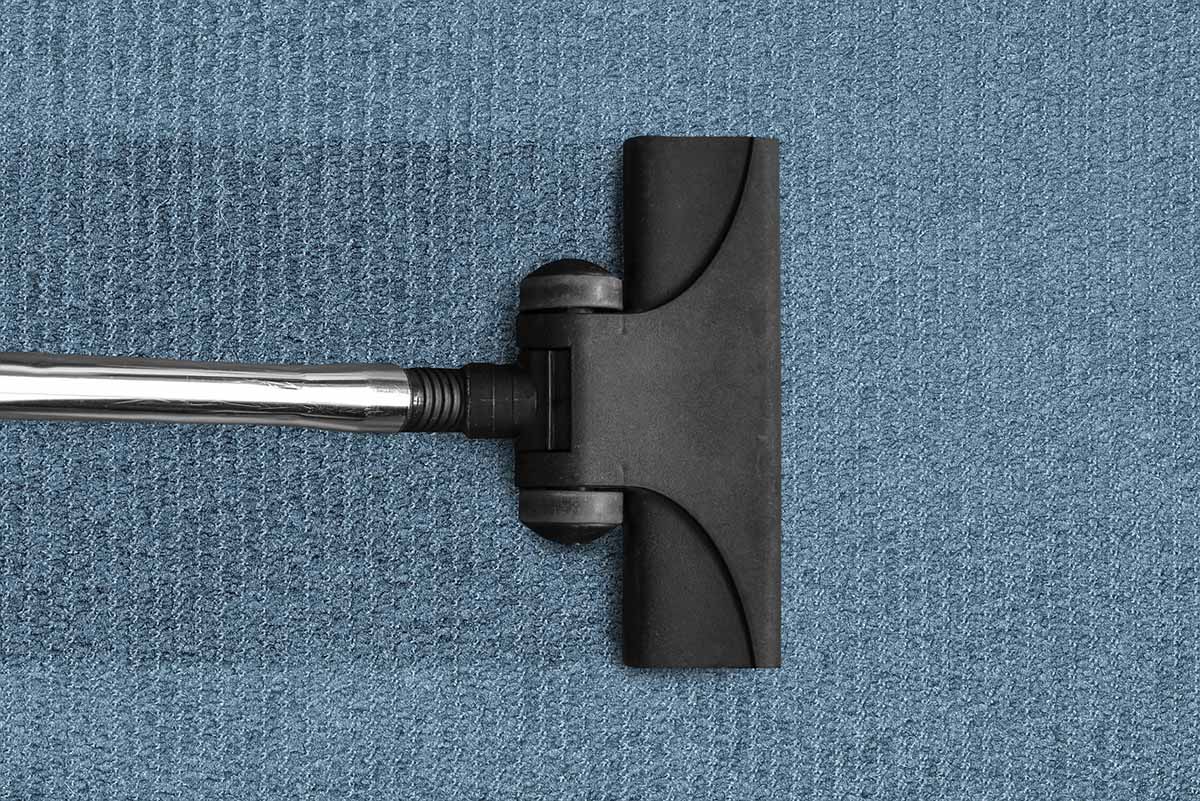
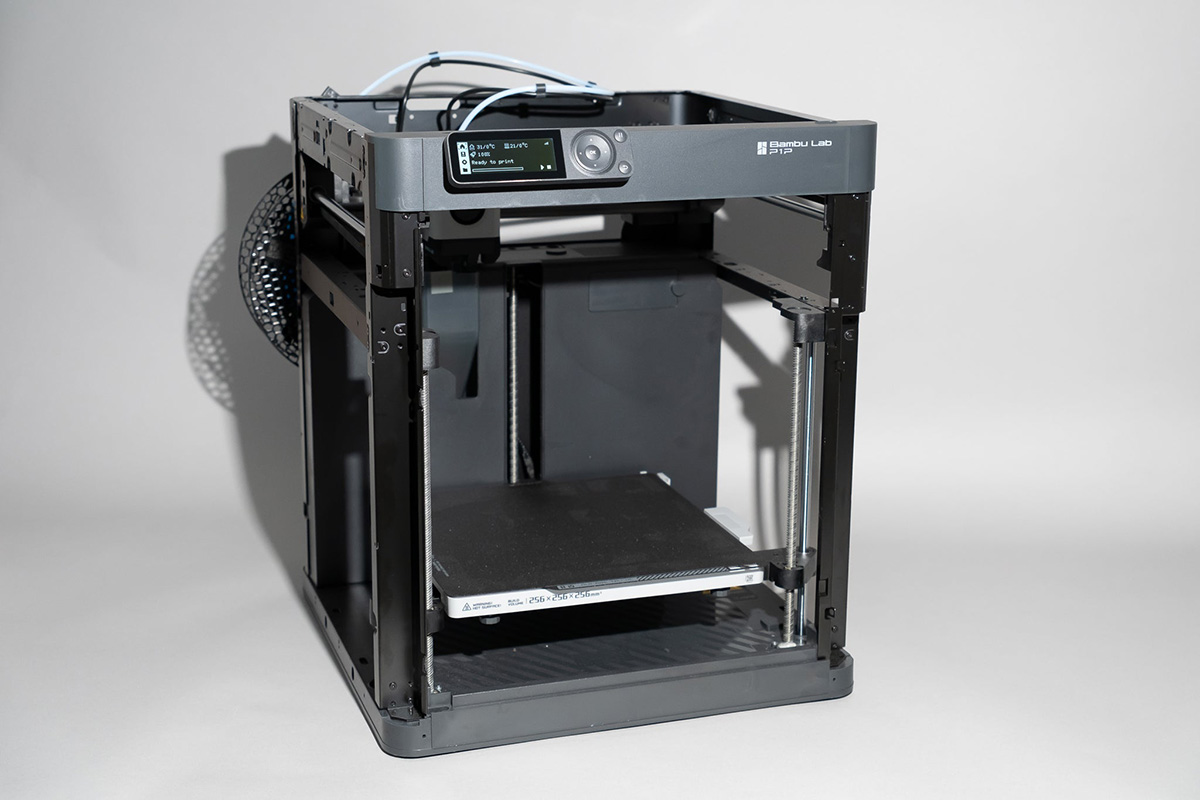

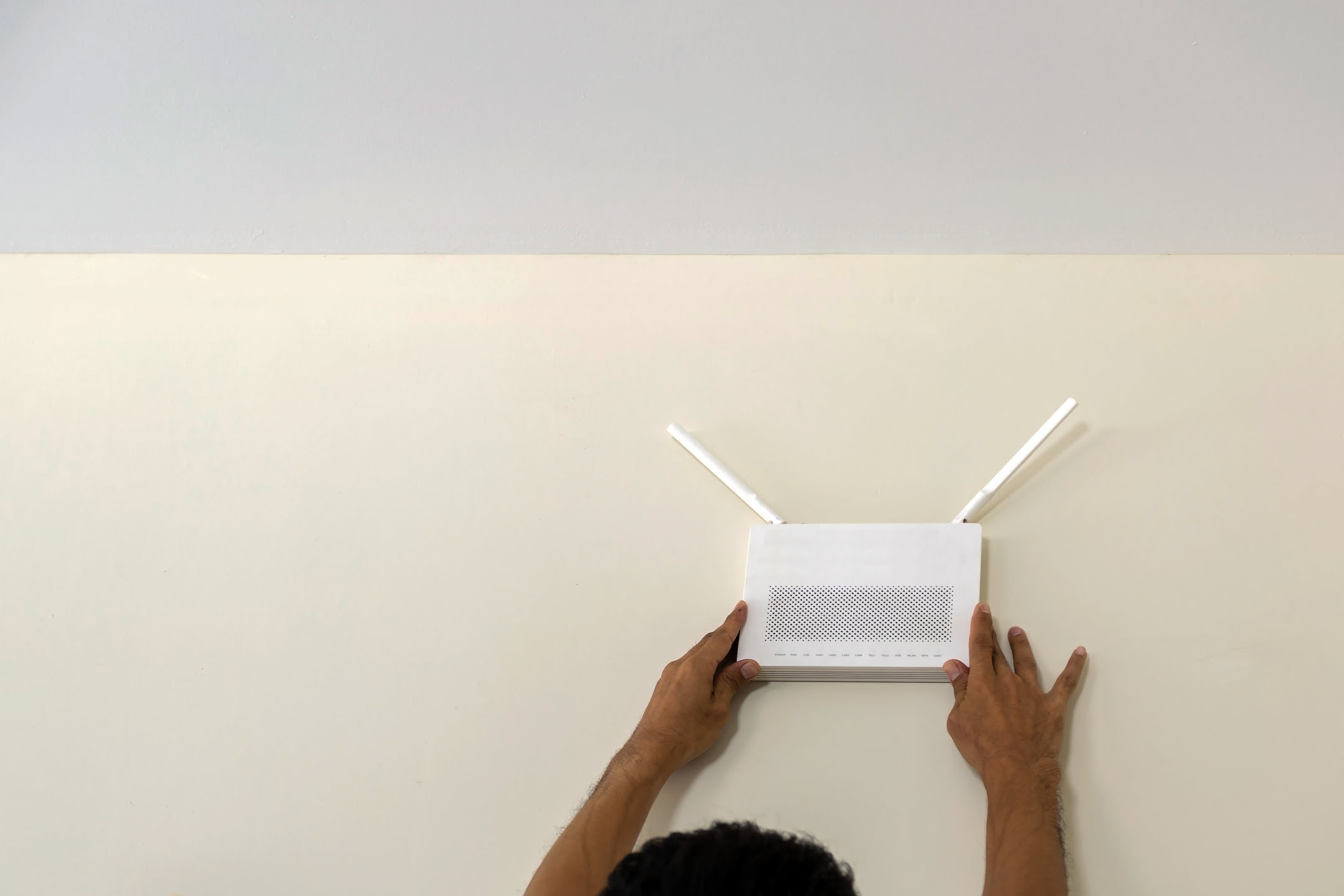
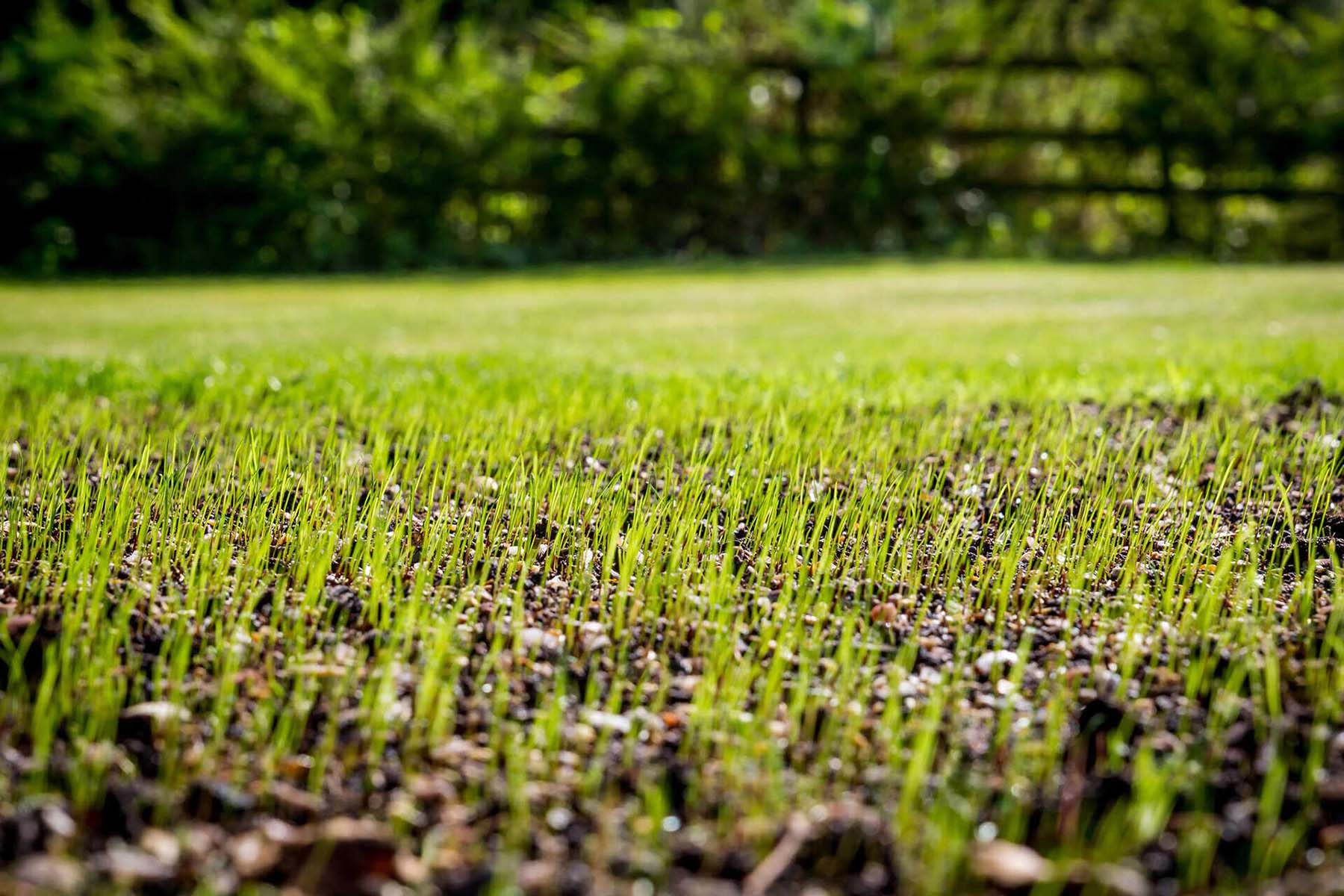
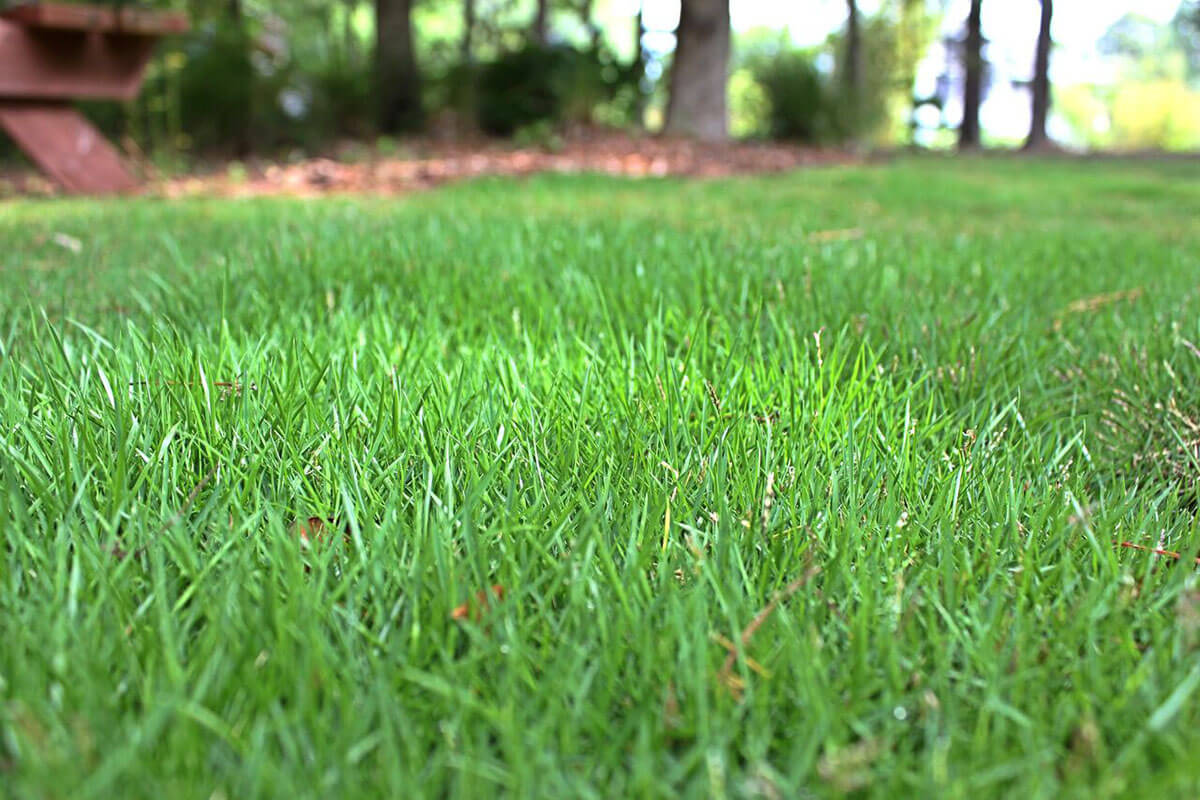

0 thoughts on “How To Dry Clothes Quickly: 6 Ways To Make A Dryer Work Faster”